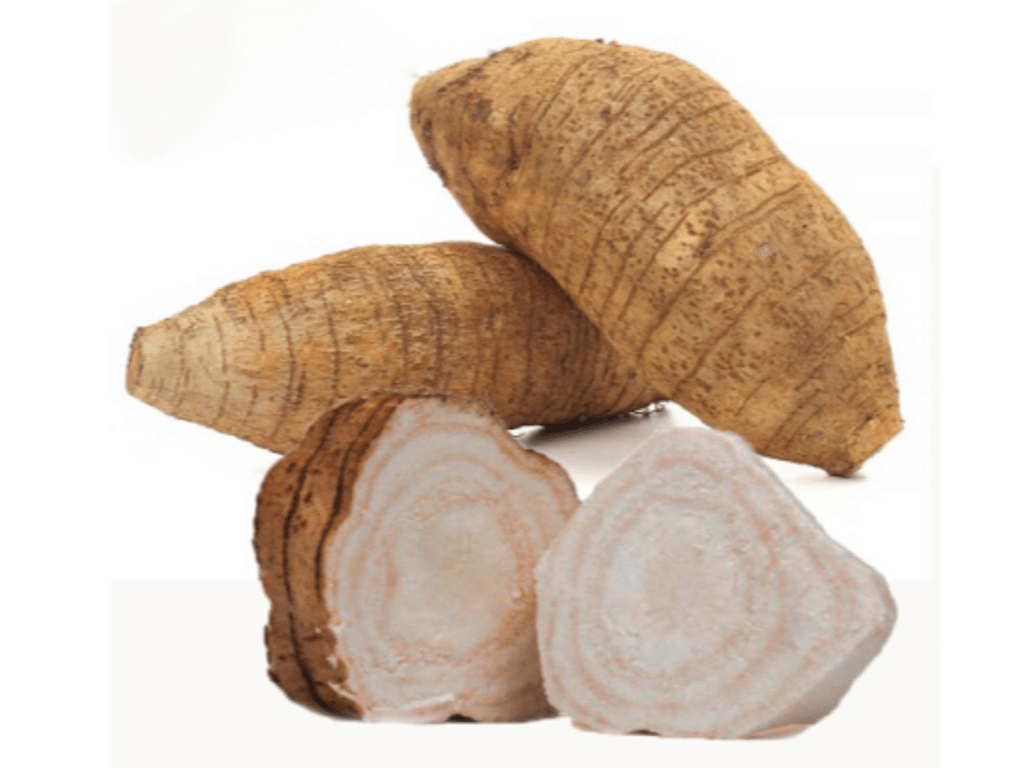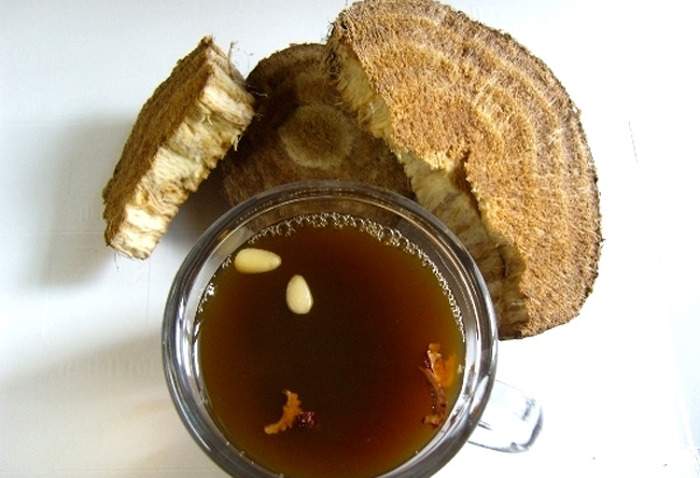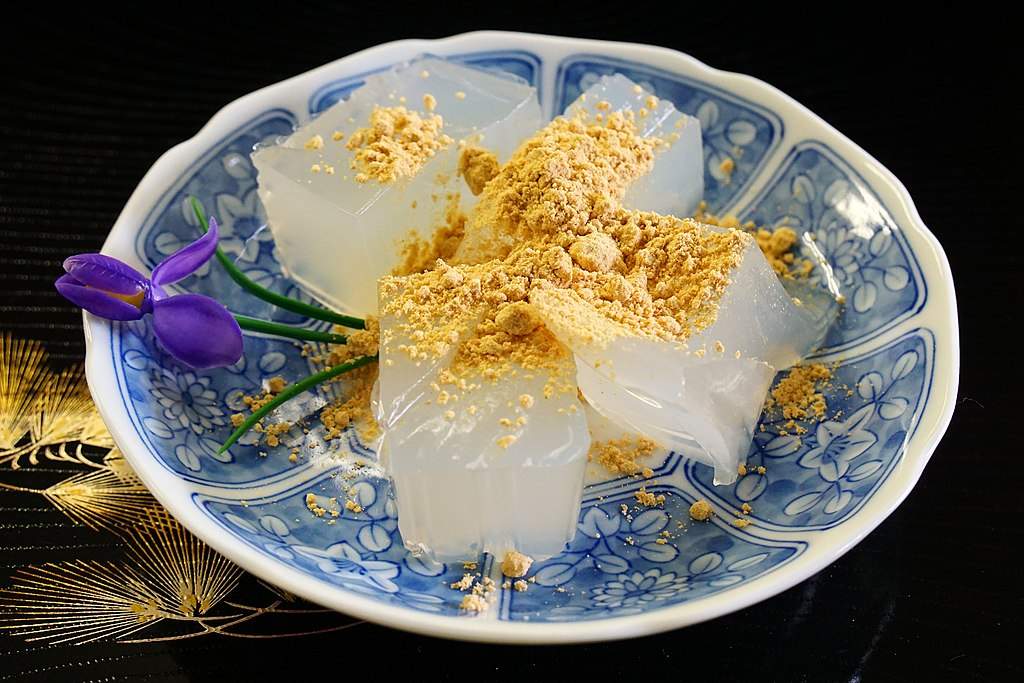
Provides a creamy texture to sauces and desserts without adding flavor.
In addition to its thickening capacity, kuzu has many other benefits.
We tell you all the properties and uses that this root has been used in Chinese culture for centuries, and how to use it.
Kuzu is a starch obtained from a large root that penetrates deep into the earth, it comes from the plant Pueraria Lobata, a climbing plant of the legume family.
Introduced in the United States in 1786, kuzu has been used for countless purposes, especially culinary, although it is considered a pest because of its uncontrolled spread.
In fact, it has been used in traditional Chinese cooking for more than two centuries due to its beneficial qualities.
But to obtain powdered kuzu, the root of the plant has to go through a different process.
After harvesting the plants, the starch is separated from the other components of the roots, which are then dried.
Once dehydration is complete, the roots are crushed and stored in powder form for sale.

Kuzu is a great alternative in a gluten-free diet because, besides being free of this protein, it also provides a good amount of carbohydrates, fiber, minerals and antioxidants.
Thanks to its fiber content, it is a good ally against constipation and helps in the regeneration of the intestinal flora.
In cooking, kuzu is mainly used as a natural thickener.
Keeps the dough free of lumps due to its light texture.
Think about it, 5 grams of kuzu is equivalent to 15 grams of cornstarch.
One-half to one tablespoon of kuzu thickens one cup of liquid.
Kuzu is a solid and should be dissolved in a cold liquid before adding it to something hot.
Stir constantly while heating until the milky white becomes transparent.
Kuzu contains no fat or sodium.
Kuzu, although often called Japanese arrowroot, is very different.
Kuzu is far superior in gellingstrength, flavor, texture and healing qualities.
Therefore, kuzu can be added to liquids, sauces, soupsor creams for which it is desired to increase the consistency.
It is recommended to add it cold first and cook it little by little until it is cooked so that it mixes well.
Since it has no flavor, it can be used in a wide variety of dishes, both savory and sweet, as well as for dipping.
It can also be used to fry vegetables and fish to lighten them and make them crispier.
In sweets, kuzu is an important ally to balance the acidity of certain foods, and an excellent thickener for jams, jellies and sweets made from papaya and other fruits.
For coeliacs, kuzu plays an important role in the replacement of gluten-containing flours.
Pueraria Lobata is rich in antioxidants and has cardiovascular benefits, as shown in the study “Pueraria: traditional uses and potential medicinal benefits in diabetes and cardiovascular diseases”, published in the Journal of Ethnopharmacology (2011).
It also has anti-inflammatory properties, as described in a study evaluating the anti-inflammatory properties of isorquidine isolated from Pueraria Lobata tubers, published in the Journal of Oxidative Medicine and Cell Longevity (2017).

Once transformed into a soft white starch, kuzu can be incorporated into teas (kuzuyu) or mixed with hot water into a simple porridge.
To use kuzu starch, hydrate the powder in cold water or other cold liquid before adding it to stir-fries, Japanese curries or desserts.
Here are other ways to cook with this popular thickener:

The kuzu is an ingredient in many traditional Japanese sweets, such as the kuzumochi, a type of jellied cake similar to those made with glutinous rice flour, and the kuzukiri, a presentation of boiled kudzu powder cut into thin, gelled strips and eaten with a dark, sweet syrup called kuromitsu.
Kuzu can be served with sweet red beans in kuzu-dama, a red bean cake coated with kuzu powder.
The manjū, a red bean paste, is covered with a gelled layer of kuzu.

Kuzu and kudzu starch are mainly used as gluten-free thickening agents, which provide a soft, velvety texture similar to that of rice flour, cornstarch or potato starch.
Kuzu can be used instead of potato starch in ankake, a creamy sauce served with stir-fries or roasted vegetables.
Kuzu is also the protagonist of savory dishes such as goma dofu, a kuzu pudding with the consistency and appearance of tofu, usually served with black sesame paste.

TÖUFOOD is a complete line of products of exceptional quality, developed by GASTROCULTURA MEDITERRÁNEA SL, which allows the most well-known techniques of modern cuisine to be put into practice. Innovative recipes can be easily realised, bringing excitement and surprise to dishes, offering a stimulating and memorable culinary experience.